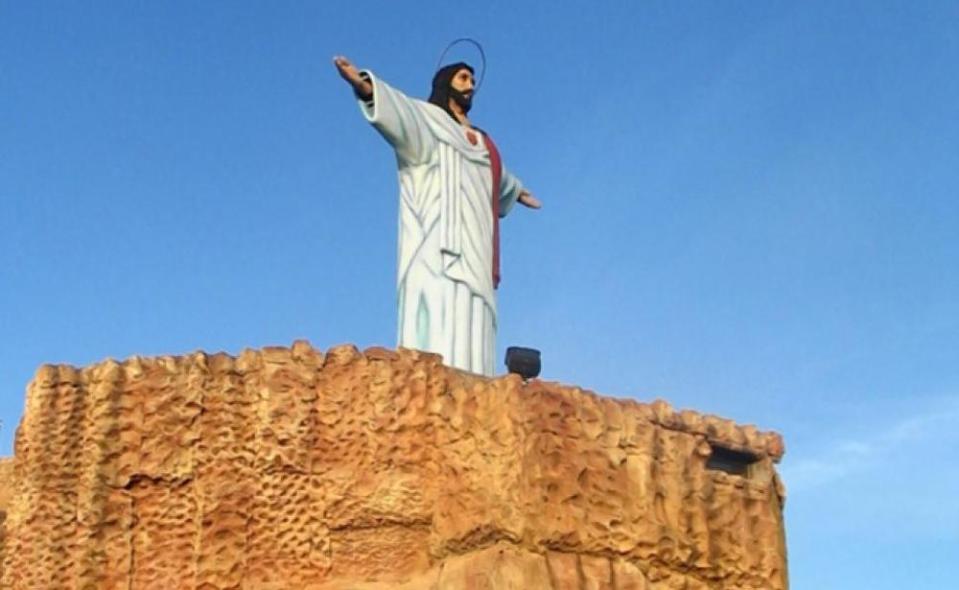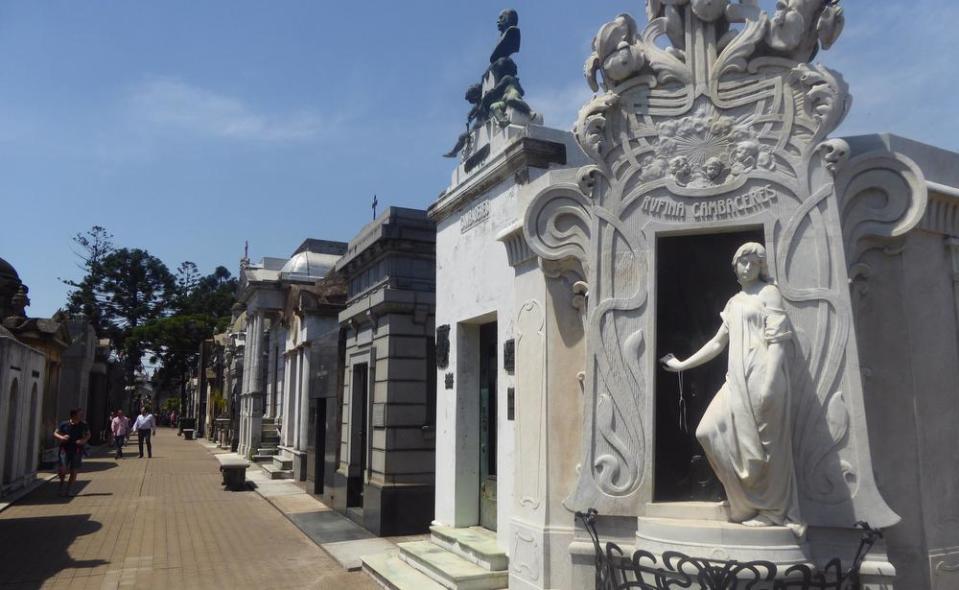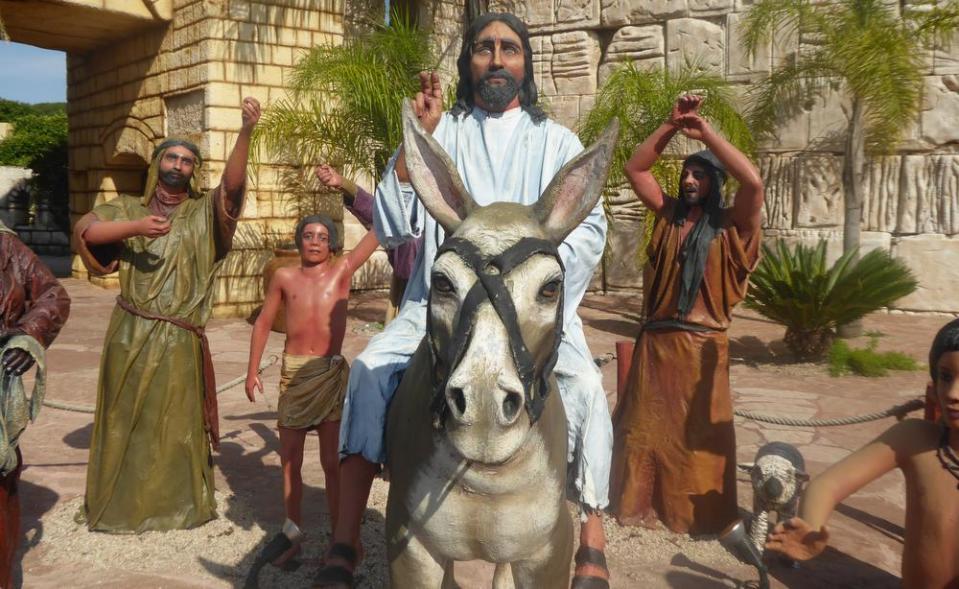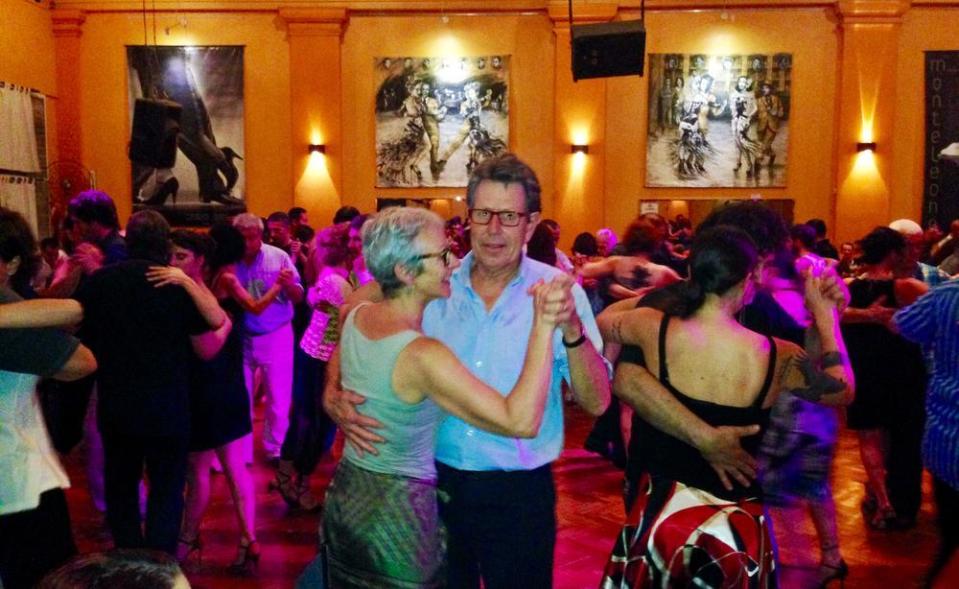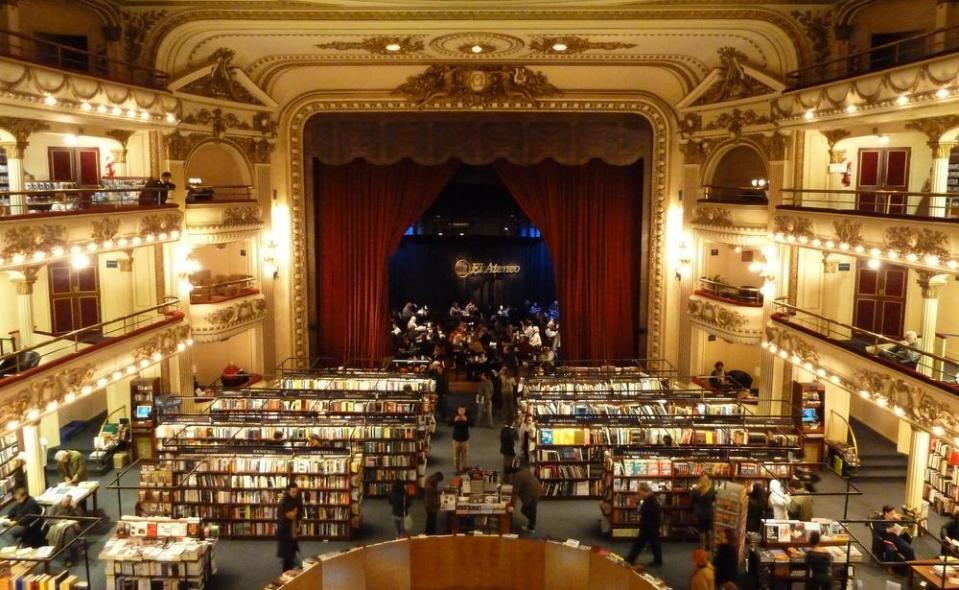Six-month sojourn in Buenos Aires
An extended stay in Argentina allows Jim Gill to explore the offbeat.
At the weekend in Buenos Aires you can set your watch by the Resurrection. On the hour, the Lord Jesus — or, at least, a 12m fibreglass effigy of him — rises from Golgotha, accompanied by Handel’s Hallelujah Chorus blasted from huge speakers at eardrum-bursting levels.
Welcome to Tierra Santa, the Argentine capital’s bizarre religious theme park — a recreation of the Holy Land — which is sandwiched between the domestic airport and a rather shabby water park.
After watching the Messiah come and go, I climbed Calvary Hill to see the park’s epic depiction of the crucifixion. However, any attempt to be reverential was shattered by an Aerolineas Argentinas jet coming in to land, seemingly inches above the three crosses.
At least the nativity sound and light show was set in an atmospheric “cave”, well below the flight path; although the choice of music this time had me baffled: the Humming Chorus from Madame Butterfly.
Tierra Santa is not on the usual Buenos Aires tourist route and, to be honest, I am not sure it should be. It’s spectacularly tacky and in questionable taste, although having said that, Pope Francis (who hails from this very city) paid a visit and gave it the thumbs up. So I guess you can say it has the papal seal of approval.
Spending an extended time in a city — in my case, six months in Buenos Aires — does afford the luxury of seeking out such offbeat “treasures” once all the regular tourist sights are exhausted, and the Argentine capital has its share of alternative gems.
Close to the city centre, at the end of a picturesque arcade, is — wait for it — the Beatles Museum. It houses the amazing collection of an obsessive fan by the name of Rodolfo Vazquez. Despite the fact the band never played in Argentina, Rodolfo has amassed the world’s largest collection of Beatles memorabilia, outstripping even its counterpart in the Fab Four’s home town, Liverpool.
Rodolfo began his collection shortly after buying his first Beatles album, Rubber Soul, at the age of 10. Almost 50 years later his treasure-trove is approaching an astonishing 9000 items, enough to secure him a place in the Guinness World Records.
However, due to space restrictions, Rodolfo can exhibit only a quarter of his collection at any one time, which means he constantly rotates it. On my visit I was able to see a brick from the original (now demolished) Cavern Club, certified copies of the Fab Four’s birth certificates, kitsch Beatles dolls, John and Yoko- branded condoms and the owner’s personal favourite, 64 packets of chewing gum contained in miniature Beatles albums.
One place in the city that is most certainly on every tour program is the extraordinary Recoleta Cemetery. Built in what is now one of the most exclusive parts of town, on the site of an old monastery orchard, it is the last resting place for many of Argentina’s rich and famous.
But while the tourist hordes understandably make a beeline for the tomb of Recoleta’s most famous incumbent, Eva Peron, it’s worth delving a little deeper. Among the extraordinarily ostentatious mausoleums are some lesser-known but equally interesting last resting places.
My personal favourite is that of Rufina Cambaceres, a beautiful heiress who, in 1902, died suddenly at the age of 19. An opulent funeral was held and Rufina laid to rest in a prominent corner block of the cemetery. However, a few days later a labourer noticed that the coffin had moved inside the crypt and the lid was broken. Thinking it was the work of grave robbers, he opened it and to his horror found scratch marks on the inside of the coffin and Rufina’s hands and face clearly bruised from the efforts of trying to break her way out.
It’s probably an urban myth but it’s a great tale and adds an extra bit of spice to this unique necropolis.
In 2008 the Guardian newspaper compiled a list of the world’s most beautiful bookshops and in second place came El Ateneo Grand Splendid, a beautifully converted old theatre on one of Buenos Aires’ busiest streets. At a time when bookstores in Western countries seem to be going out of business at a rate of knots, it is refreshing to find a city that is almost bursting at the seams with them. And El Ateneo is most certainly the jewel.
Tango, of course, is still at the very heart of Buenos Aires’ culture. There are countless tourist shows on offer, many of them excellent and good value. But for the true authentic feel, one should seek out a traditional milonga. This is the Argentine dance hall where Portenos, as the locals are known, flock in the evenings to indulge in the world’s most seductive dance form. To see men and women of all ages, shapes and sizes pairing up and then gliding across the floor is a genuinely heart warming experience.
Buenos Aires is an infectiously friendly city and there are dozens more alternative attractions for the traveller who has a little more time on their hands. And there has never been a better time for the gringo to visit. With an economy in turmoil after successive crashes, a dual economy has developed with an open black (or blue as it’s known) market operating. At the time of writing the official bank rate was 8.5 peso to the US dollar ($1.25). But on the street, exchange shops were offering 13.5 peso, making it one of the world’s most affordable and attractive cities.

